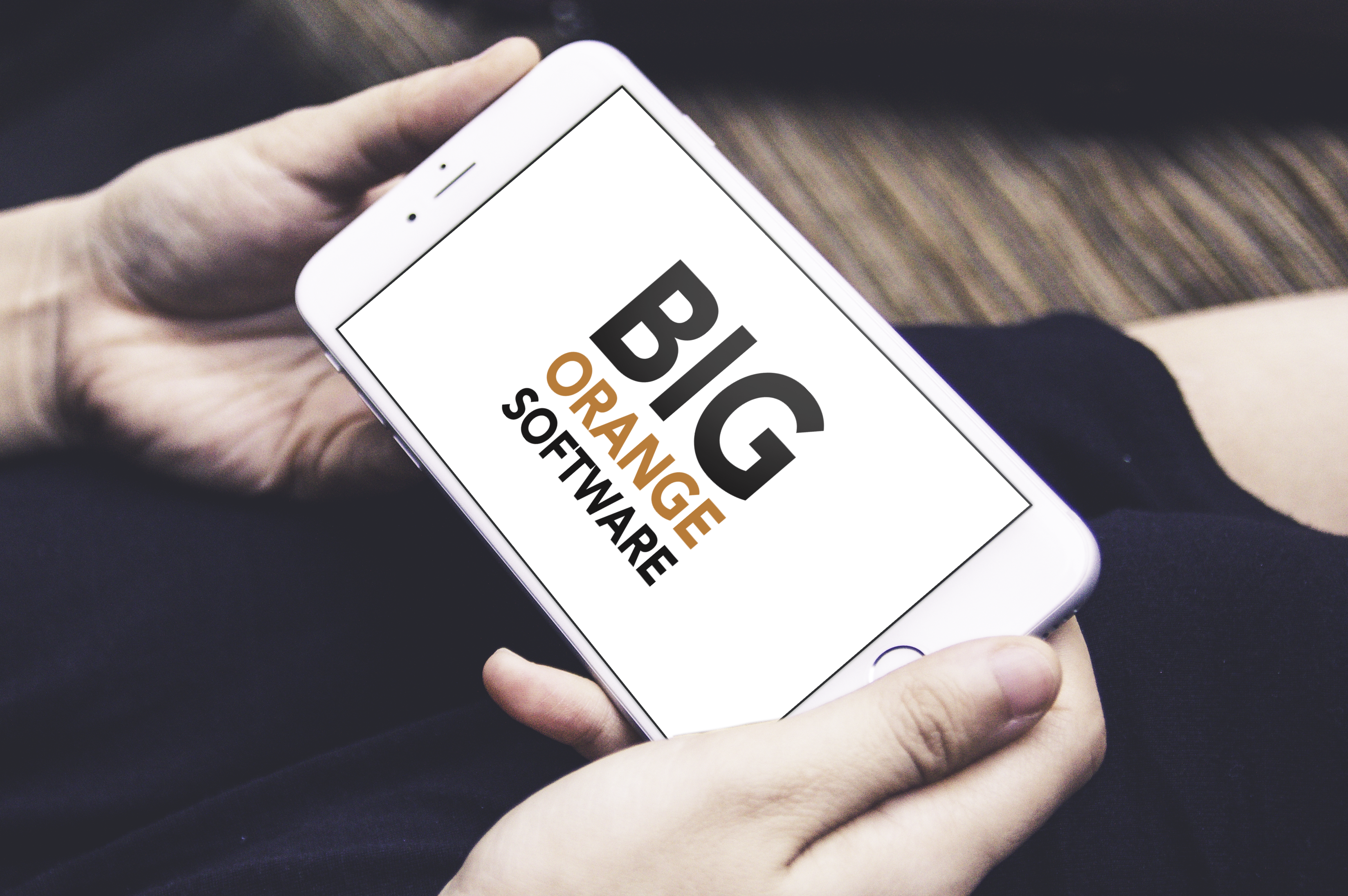Mobile gaming has never been hotter. Once brief distractions for long commutes, mobile games have long since evolved into powerful experiences, with some even challenging the popularity and performance of their console counterparts.
We’ve reached a point where 80% of our time on mobile devices is spent inside apps or games (source: BigFishGames.com), and mobiles are now considered a serious contender against other handheld gaming consoles.
So how can you get a slice of this action?
Sadly, you can’t just snap your fingers and come up with the next Angry Birds. Developing a mobile game takes time and research, but with the right amount of coding knowhow and elbow grease, you’ll be able to produce an addictive new app which is ready to reach the masses.
Let’s take a step-by-step look at how you can develop your own mobile game.
Pick your platform
So you’ve got a killer idea for a game; now it’s time to decide which platform you’re going to host it on.
Depending on where you’d like your app placed, the development process can vary wildly.
The two biggest mobile platforms are Apple iOS and Android, but each of these has its own, very different, methods of development.
Exact details on how to program for each mobile platform can be found on the respective website, but below we’ve included a brief outline of the general process for iOS.
Register to release
First things first: you’ll need to register for free by heading to Apple’s developer site. Fill out the necessary information and agree to the terms.
If you’re planning on releasing the app you’ll need to enter your card details and pay an annual fee of $99.
Whilst you’re in there, that area of the website has a wealth of useful information and development tools to help guide you through the process of developing an app, so be sure to have a good look around.
Start your engines
Once you’ve registered and downloaded the necessary files, it’s time to decide which game engine you’ll use.
Possible engines include:
- GameMaker Studio – A popular and easy 2D game engine
- Sparrow – An open-source engine designed specifically for iOS
- Unity – An industry-leading platform for developing 2D and 3D games
Each engine will have its own unique features and perks, so it’s best to pick the one that best suits your needs and study it completely.
Even the most basic of engines will require some simple coding skills, so ensure you know what you need to learn before paying for a new program.
Build your world
Now you’ve got your engine downloaded and running, you can start creating and designing game models and environments. Use 3D and 2D design programs such as Blender and Adobe Photoshop to bring your world alive.
You’ll also need to record and create the audio to help complete the users’ gaming experience. If you’re not confident creating your own music, there are a wealth of royalty-free audio files available online.
Your engine will contain all the information you need on how to transfer and upload these files into the game.
App development agencies
Alternatively, there are app development companies you can use to help transform your mobile gaming dreams into reality. If you have an idea you think would work particularly well but don’t have the necessary time or skills to bring your vision to fruition, this will be your best bet.
Testing, testing…
With the game design and mechanics complete, it’s time to test everything, and we mean everything!
No one wants to play a glitch-filled, buggy game, so ensure you play it as much as possible before release. Try tactics and moves that users might not naturally think of, and treat it like you have no idea how to play it in order to ensure that you iron everything out.
Once you’re 110% sure that you’ve got everything covered, it’s time to log into your developer account and upload your game to the app store. Congratulations on developing your first game.



